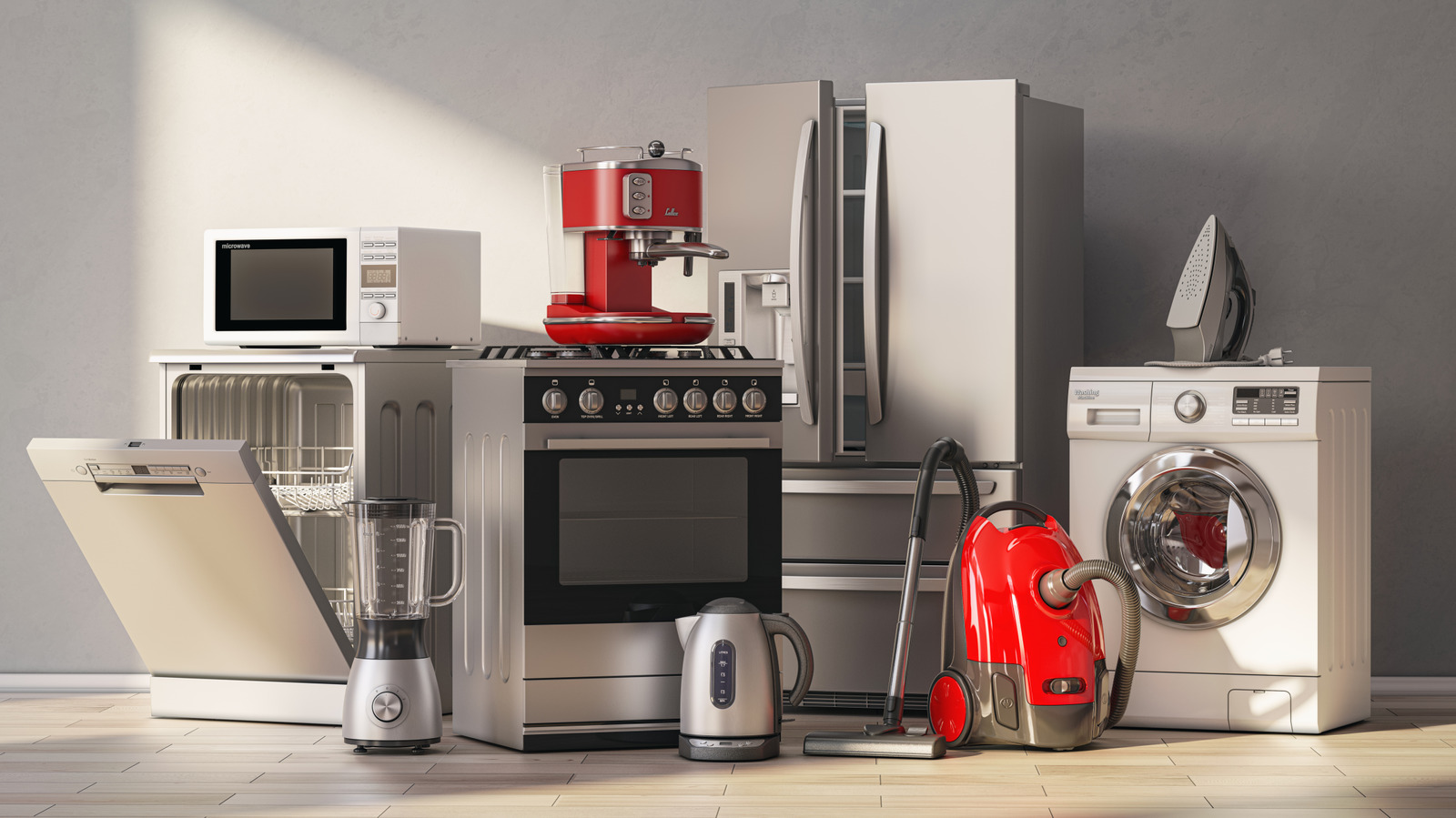
"The real energy hog is the oven: Every time you preheat, you're summoning industrial-scale heat for a home-sized task. Energy use-wise, the oven is the Cadillac SUV of the kitchen. It's awesome and powerful, but wildly inefficient for short trips. Electric ovens typically draw between 2,000 and 5,000 watts, compared to about 700 watts for a refrigerator and 1,200-2,400 for a dishwasher. Each preheat is a power surge, a miniature furnace roaring to life so you can roast a single sweet potato."
"Ovens are power-hungry by design. They rely on resistive heating, the coils converting electricity directly into heat, and unlike a fridge or dishwasher, which use electricity to power a motor or pump, the oven's job is to lose heat; it doesn't recycle or retain it. It's an open system, fighting constant loss through insulation and the air itself. According to Department of Energy data, most households prepare at least one hot meal per day at home."
Ovens consume far more electricity per minute than most kitchen appliances, typically drawing 2,000–5,000 watts compared with about 700 watts for refrigerators and 1,200–2,400 for dishwashers. Frequent preheating creates significant power surges because electric ovens use resistive heating that converts electricity directly into heat and intentionally loses heat to the surrounding air. Ovens function as open systems fighting heat loss through insulation and air leakage. Historically, brick hearths and wood-fired stoves retained heat and allowed multi-meal cooking from a single burn, unlike modern ovens that require continuous energy input for each use.
Read at Tasting Table
Unable to calculate read time
Collection
[
|
...
]